10 Most Common ACT Math Questions
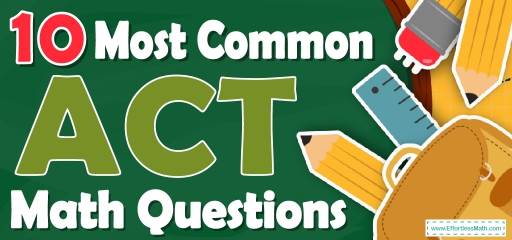
B. 145
C. 125
D. 105
E. 95
4- Right triangle ABC is shown below. Which of the following is true for all possible values of angles A and B?
A. tan A = tan B
B. sin A = cos B
C. tan\(^2\) A=tan\(^2\) B
D. tan A=1
E. cot A=sin B
5- What is the value of y in the following system of equation?
\(3x-4y= -20\)
\(-x+2y= 10\)
A. \(-1\)
B. \(-2\)
C. 1
D. 4
E. 5
6- How long does a 420–miles trip take moving at 50 miles per hour (mph)?
A. 4 hours
B. 6 hours and 24 minutes
C. 8 hours and 24 minutes
D. 8 hours and 30 minutes
E. 10 hours and 30 minutes
7- From the figure, which of the following must be true? (figure not drawn to scale)
A. \(y = z\)
B. \(y = 5X\)
C. \(y≥x\)
D. \(y+4x=z\)
E. \( y>x\)
8- Which is the correct statement?
A. \(\frac{3}{4} > 0.8\)
B. \( 10\% = \frac{2}{5}\)
C. \(3 <\frac{5}{2}\)
D. \( \frac{5}{6} > 0.8\)
E. None of the above
9- When \(40\%\) of 60 is added to \(12\%\) of 600, the resulting number is:
A. 24
B. 72
C. 96
D. 140
E. 160
10- A ladder leans against a wall forming a 60\(^\circ\) angle between the ground and the ladder. If the bottom of the ladder is 30 feet away from the wall, how long is the ladder?
A. 30 feet
B. 40 feet
C. 50 feet
D. 60 feet
E. 120 feet
Best ACT Math Prep Resource for 2026
Answers:
1- C
Employer’s revenue: \(0.2x+7000\)
2- B
The diagonal of the square is 8. Let \(x\) be the side.
Use Pythagorean Theorem: \(a^2 + b^2 = c^2\)
\(x^2 + x^2 = 82 ⇒ 2x^2 = 82 ⇒ 2x^2 = 64 ⇒x^2 = 32 ⇒x= √32\)
The area of the square is:
\(√32 × √32 = 32\)
3- B
\(x=20+125=145\)
4- B
By definition, the sine of an acute angle is equal to the cosine of its complement.
Since angle A and B are complementary angles, therefore:
sin A = cos B
5- E
Solve the system of equations by elimination method.
\(3x-4y= -20\)
\(-x+2y=10\)
Multiply the second equation by 3, then add it to the first equation.
\(3x-4y= -20\)
\(3(-x+2y=10)\)
\(\Downarrow\)
\(3x-4y= -20\)
\(-3x+6y=30)\)
⇒ add the equations
\(2y=10⇒y=5\)
6- C
Use distance formula:
\(Distance = Rate × time ⇒ 420 = 50 × T\), divide both sides by 50. \(420 / 50 = T ⇒ T = 8.4\) hours.
Change hours to minutes for the decimal part. 0.4 hours \(= 0.4 × 60 = 24\) minutes.
7- D
\(x\) and \(z\) are colinear. \(y\) and \(5x\) are colinear. Therefore,
\(x+z=y+5x\),subtract \(x\) from both sides,then,\(z=y+4x\)
8- D
Check each option.
A. \(\frac{3}{4} > 0.8\)
\(\frac{3}{4}\) =0.75 and it is less than 0.8. Not true!
B. \(10\% = \frac{2}{5}\)
\(10\% = 1/10<\frac{2}{5}\). Not True!
C. \(3 < \frac{5}{2}\)
\(\frac{5}{2} =2.5<3\). Not True!
D. \(\frac{5}{6} > 0.8\)
\(\frac{5}{6}\) =0.8333… and it is greater than 0.8. Bingo!
E. None of them above Not True!
9- C
\(40\%\) of 60 equals to: \(0.40×60=24\)
\(12\%\) of 600 equals to: \(0.12×600=72\)
\(40\%\) of 60 is added to \(12\%\) of \(600: 24+72=96\)
10- D
The relationship among all sides of special right triangle
30\(^\circ\)-60\(^\circ\)- 90\(^\circ\) is provided in this triangle:
In this triangle, the opposite side of 30\(^\circ\) angle is half of the hypotenuse.
Draw the shape of this question:
The latter is the hypotenuse. Therefore, the latter is 60 ft.
College Entrance Tests
Looking for the best resource to help you succeed on the ACT Math test?
The Best Books to Ace the ACT Math Test
Related to This Article
More math articles
- Discontinuous Function
- How to Interpret STAAR Scores?
- Top 10 6th Grade MCAS Math Practice Questions
- How to Find Function Values from the Calculator
- GED Math Question Types
- Touchscreen Monitors for Online Teaching
- 8th Grade OSTP Math Worksheets: FREE & Printable
- 10 Most Common 3rd Grade FSA Math Questions
- How is the TASC Test Scored?
- How to Solve Scientific Notation? (+FREE Worksheet!)

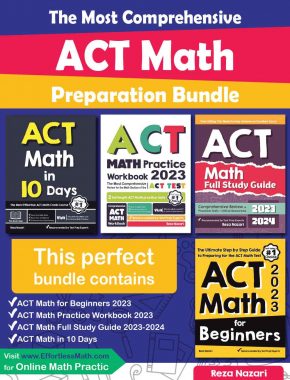
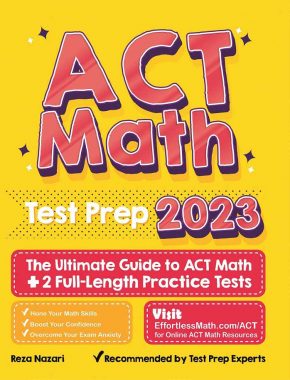
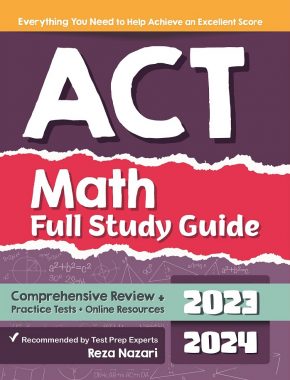
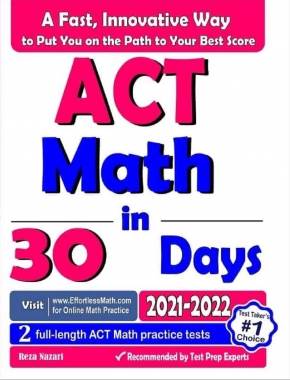
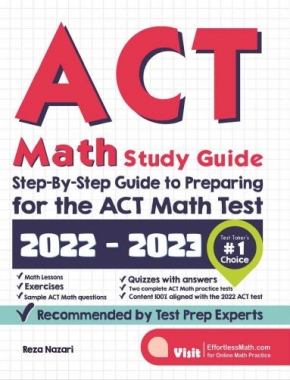
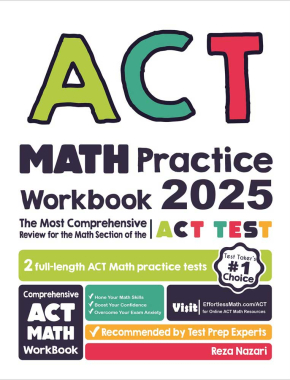
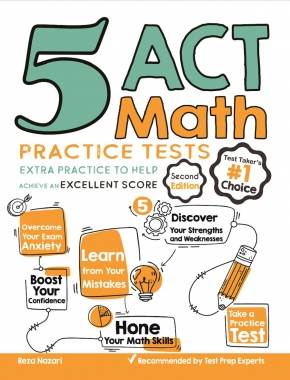

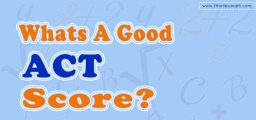
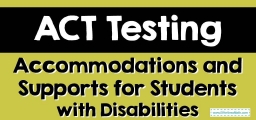
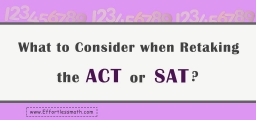
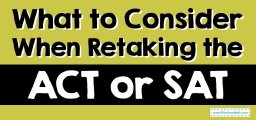

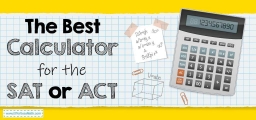
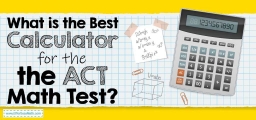
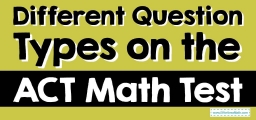
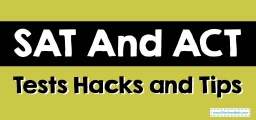
What people say about "10 Most Common ACT Math Questions - Effortless Math: We Help Students Learn to LOVE Mathematics"?
No one replied yet.